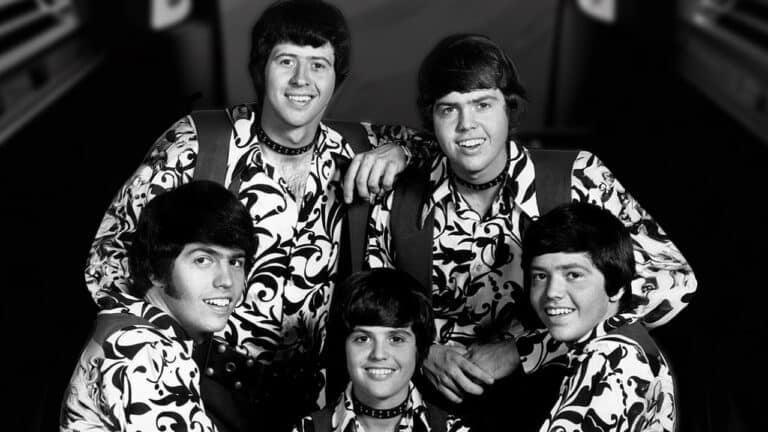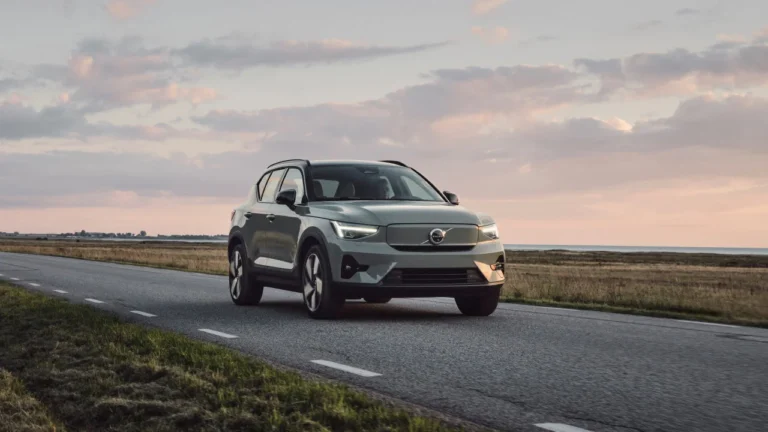The 13 Greatest Small Cars Ever Made
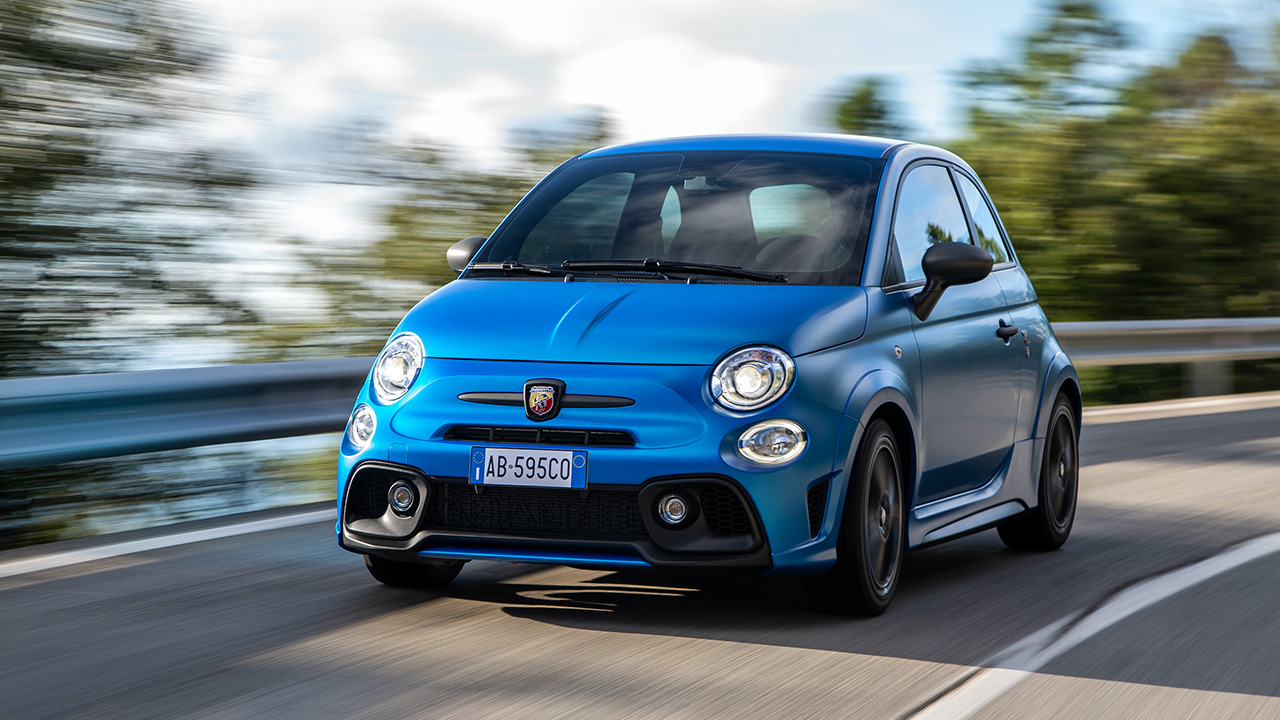
Although they never really caught on in North America, small cars are absolutely awesome. Everything you need from four-wheeled transportation, but in a much smaller and more manageable package. Great things always come in small packages, as we know.
Small cars have been around for a really long time, but they really took off with stuff like the original Fiat 500 and Mini, the latter of which also introduced the compact car industry standard transverse engine layout.
Just about every automaker has made a small car at some point, and each of them set out to prove the point that small cars are awesome in their own unique way. However, only a handful of them can call themselves the greatest ever made.
Fiat 500

We can’t talk about the greatest small cars ever made without mentioning the Fiat 500. This cutesy Italian was introduced in 1957, and it would quickly become the go-to way for an Italian to get behind the wheel of anything.
Fiat sold well over three million 500s, and it remains an icon today. From its simplicity, to the awesome design, to the affordability, to the ease of serviceability and availability of parts. The 500 got Italy moving, but over in the UK, something even bigger, yet somehow just as small, was hitting the road.
Mini
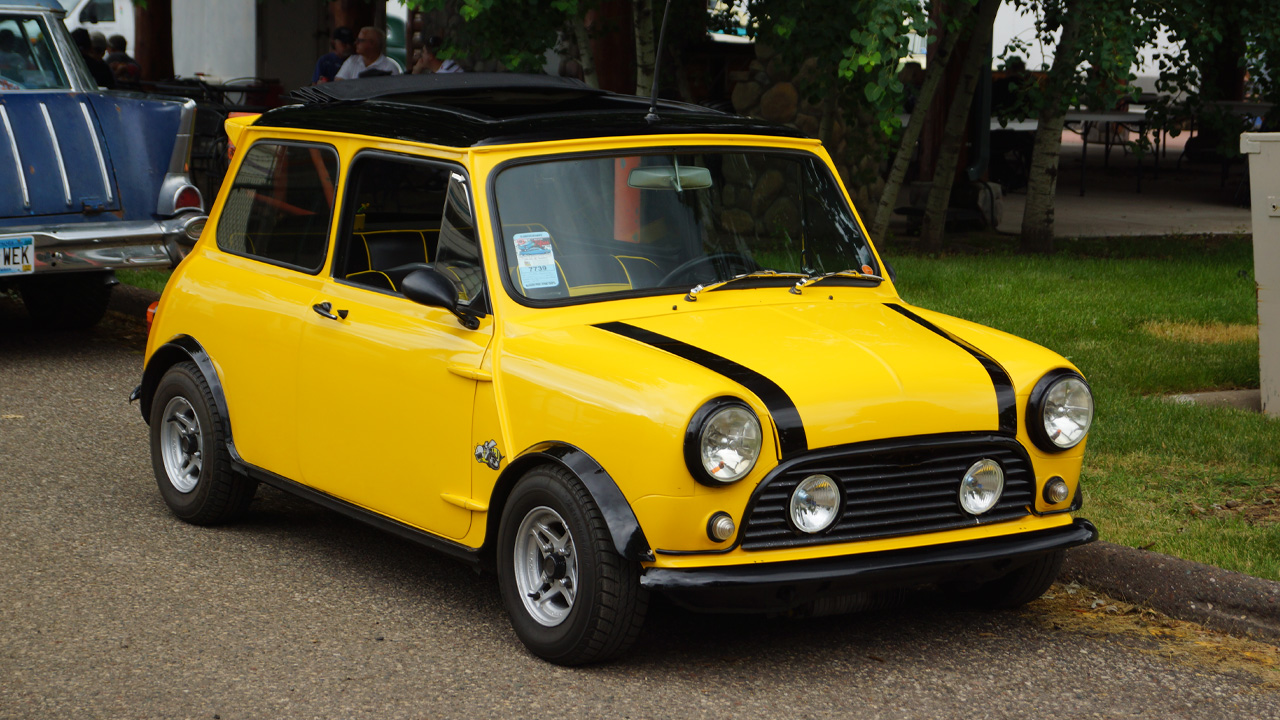
Introduced in 1959, the original Mini was manufactured by BMC and was the brainchild of Alec Issigonis. We have him to thank for the original Mini’s claim to fame: the engine was mounted transversely in the front, driving the front wheels.
This freed up an enormous amount of space on the inside, making the Mini a genuine four-seat family car despite being about the same size as a mantelpiece decoration. Today, Mini restomods are big business, and the original is fondly remembered and its status as a beloved classic car can’t be disputed.
Citroën 2CV
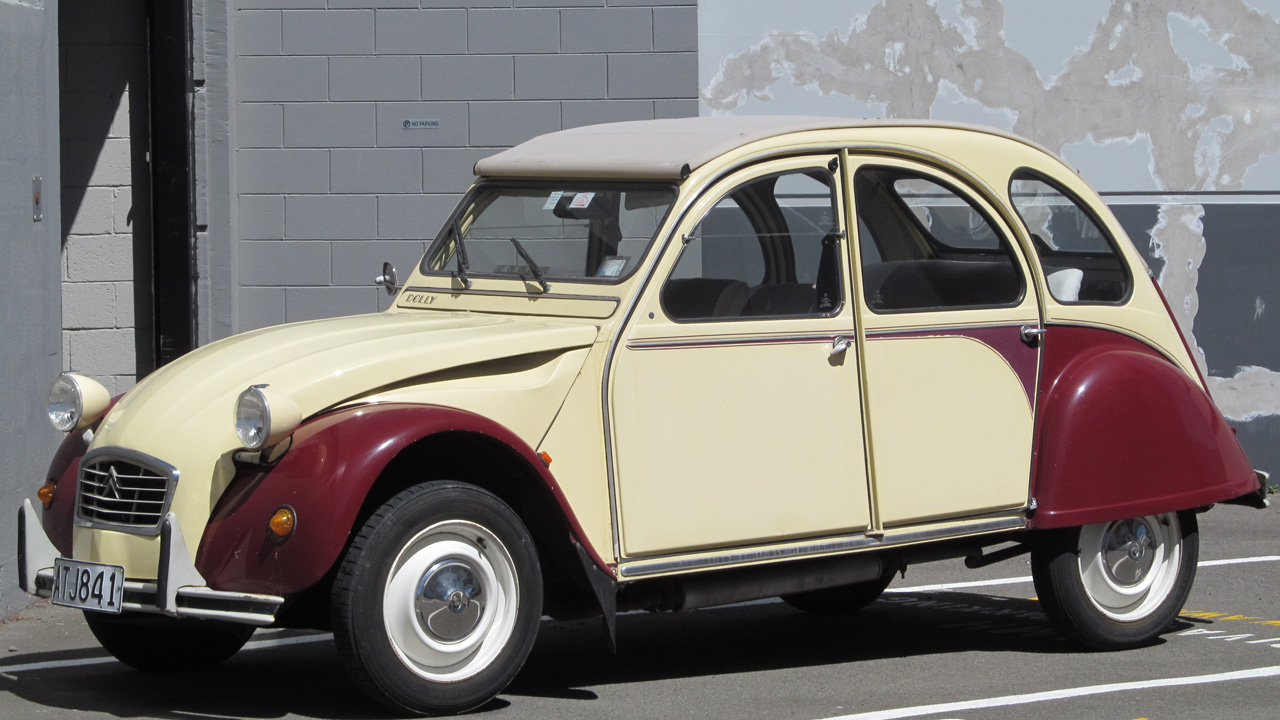
For Italy, it was the Fiat 500. For the UK, it was the Mini, and for France, it was the Citroën 2CV. The 2CV first went on sale in the late 1940s, and it had one simple goal: to democratize the automobile and make it accessible to more people.
This is the origin of a lot of key Citroën pillars today, including the focus on comfort, the smattering of quirky and sometimes even bewildering design decisions, and something that the new C3 is focusing on, affordability. The 2CV went out of production in 1990, and along with DS, it put Citroën on the map. It’s also a great classic car for cheap people.
Ford Fiesta
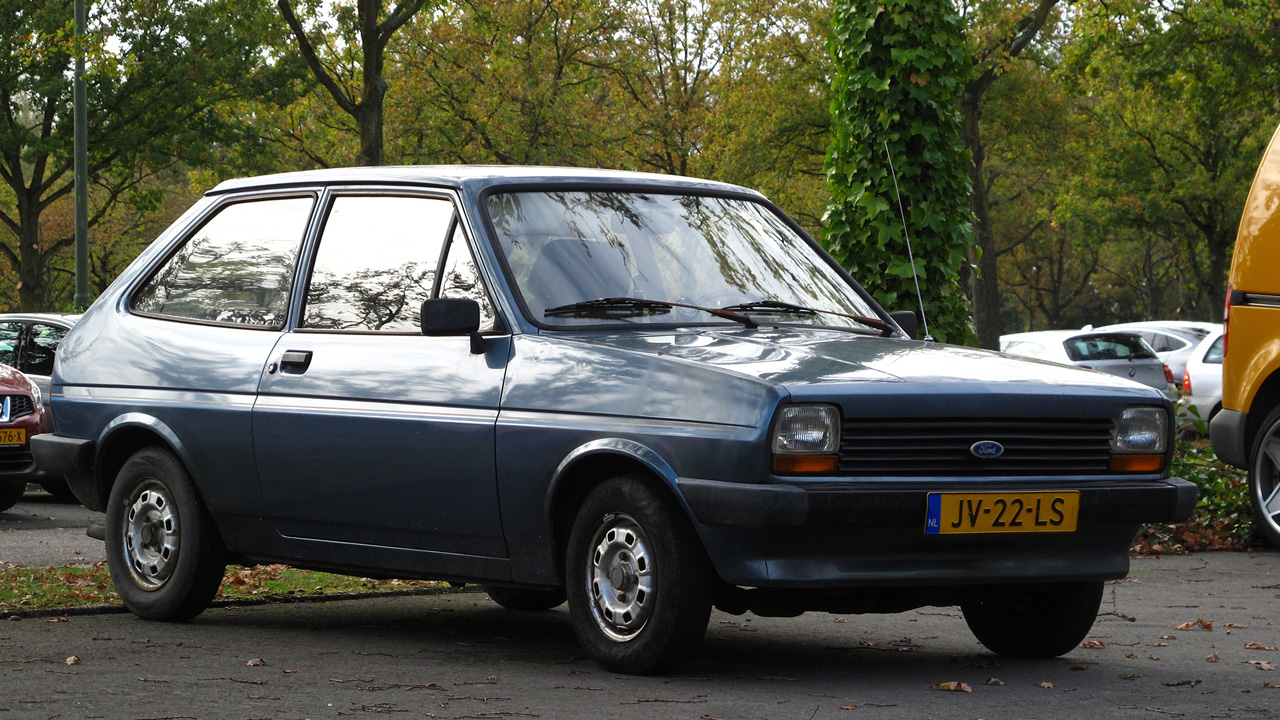
While this one was a little late to the party, the Ford Fiesta quickly became one of the world’s best-selling cars. The first generation was even marketed in North America briefly, but again, small cars never fly in the States.
The Fiesta evolved into one of the most complete small car packages in Europe, offering fun driving dynamics even in its most basic form, doubling down on those dynamics in the performance versions. The Fiesta, too, was built on the people’s car principle, with the early ones being very cheap to buy and maintain.
Volkswagen Golf
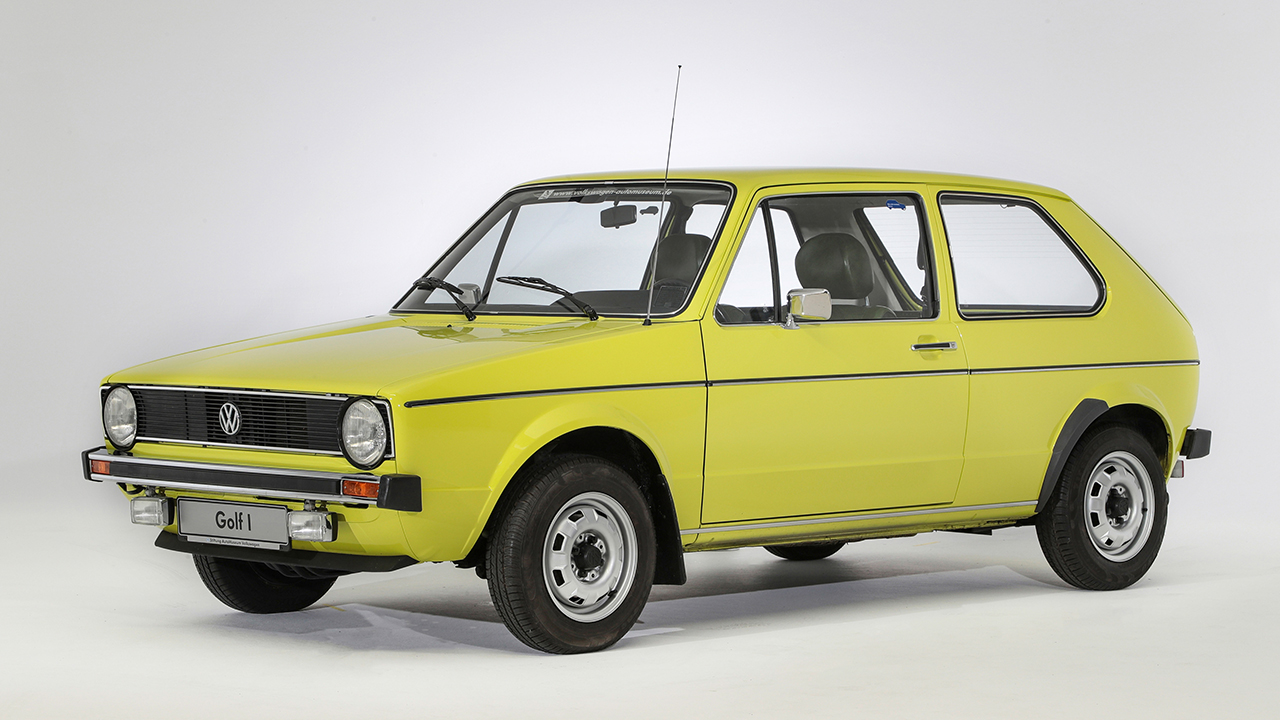
While the Golf isn’t the smallest of cars nowadays, the original Mk1 Golf was a fantastic replacement for the iconic Beetle. The Beetle is always going to be a legend, but the Golf helped VW to reach a totally new audience.
For one, it switched to the much more conventional FF layout, and it threw out the air-cooled engines for much more modern and predictable water-cooled units. It did everything that its competitors could, just a little bit better, a sentiment that would follow it for the next 50 years. It also took the hot hatchback mainstream with the Golf GTI, one of many cars VW built for enthusiasts.
Dodge Omni GLH-S
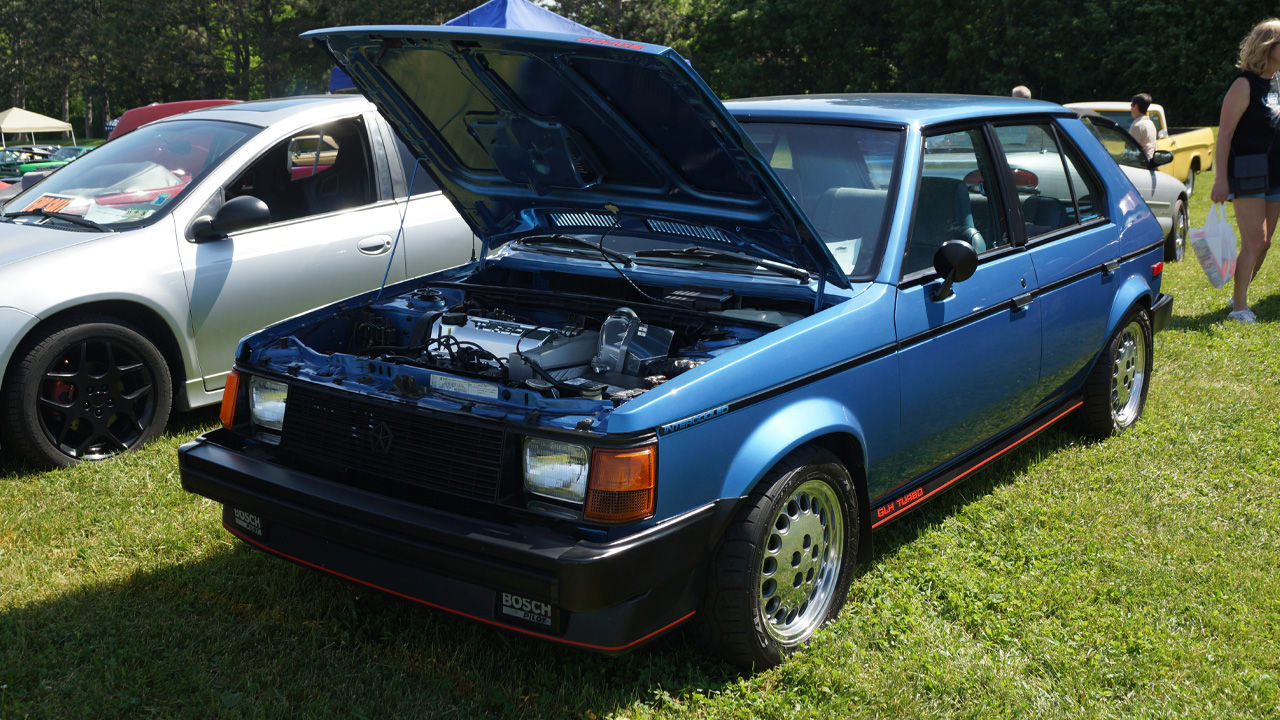
Onto some more fun stuff. How can we not include a car whose acronym quite literally stands for Goes Like Hell S’more? This version of Dodge’s compact from the 1980s was fettled by none other than Carroll Shelby, and the results speak for themselves.
The 2.2-liter Chrysler engine under the hood of the Omni GLH-S was given some choice modifications for a total of 175 hp. In the 2,000-lb Omni, that was a huge amount of grunt, resulting in a 0-60 time of around 6.5 seconds. Let’s say the magic words: that’s fast, even by today’s standards.
Peugeot 205 GTI
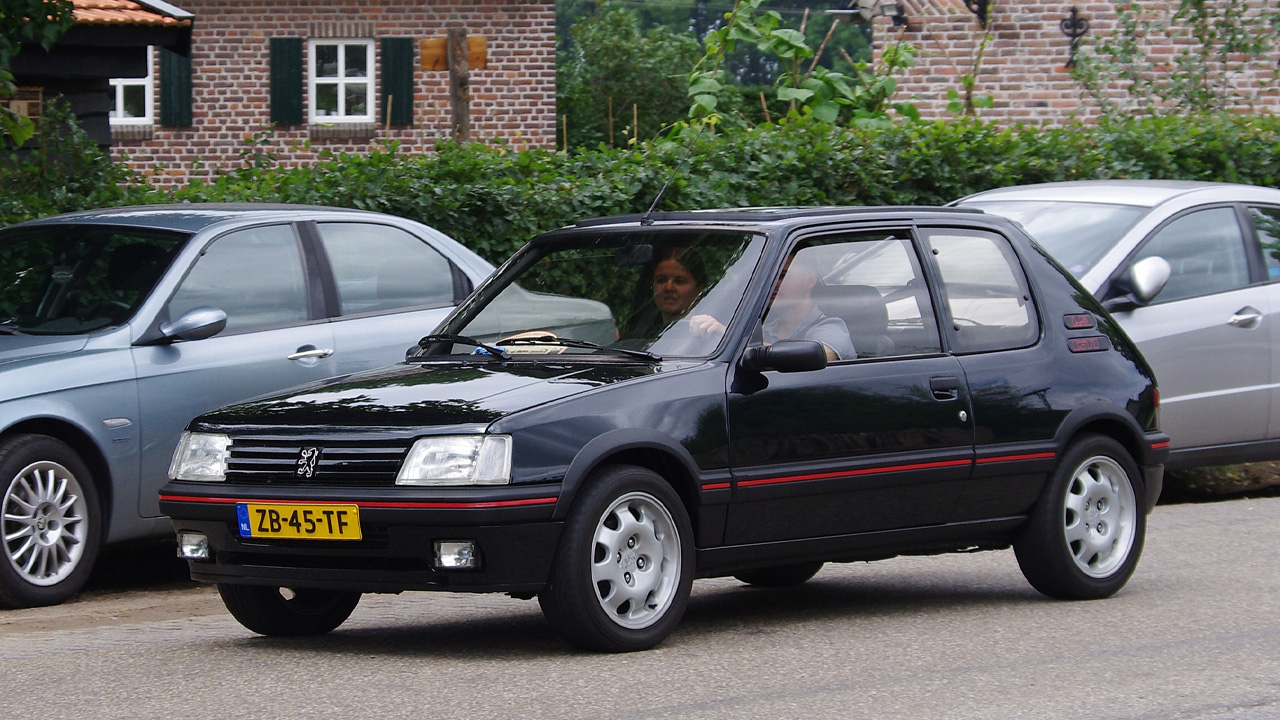
The Golf GTI was long thought to be completely unbeatable, but then Peugeot showed up with the 205 GTI in the 1980s. The 205 GTI finally showed the world that there can be two GTIs, and one can be better than the other.
Powered by either a 1.6-liter or a 1.9-liter four-cylinder engine, the 205 GTI was, and still is, an absolutely brilliant hot hatchback. If there was ever a hot hatchback hall of fame, a special spot would be reserved for the 205 GTI.
Fiat Panda
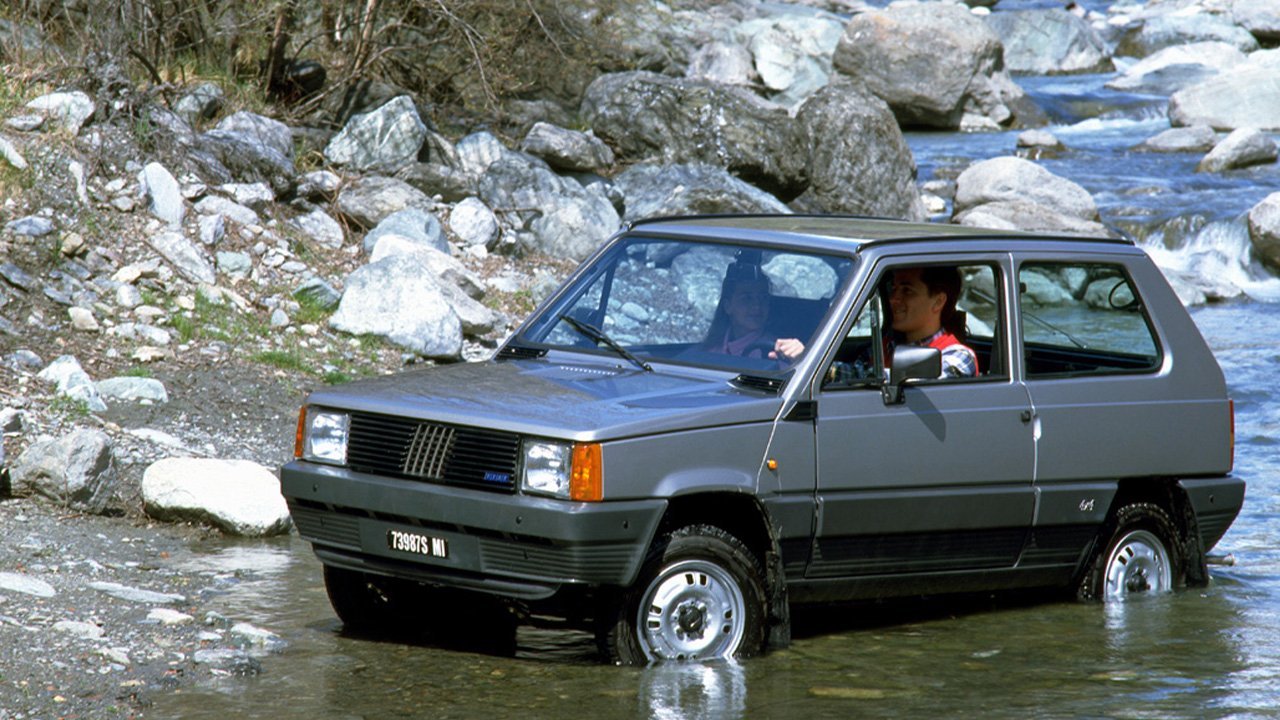
With the success of the 500, Fiat knew they’d have pretty big shoes to fill with the replacement model. That’s exactly what ended up happening. The Panda, like the 500, was designed from the beginning to be a simple four-wheeled vehicle for the masses.
The Panda also took it a step further by offering a version with four-wheel drive. This version proved to be so successful, much like the Panda itself, that you can still buy a Panda 4×4 today. Even though there’s a new Grande Panda, the older one will still be offered for years to come due to high demand.
Honda Civic
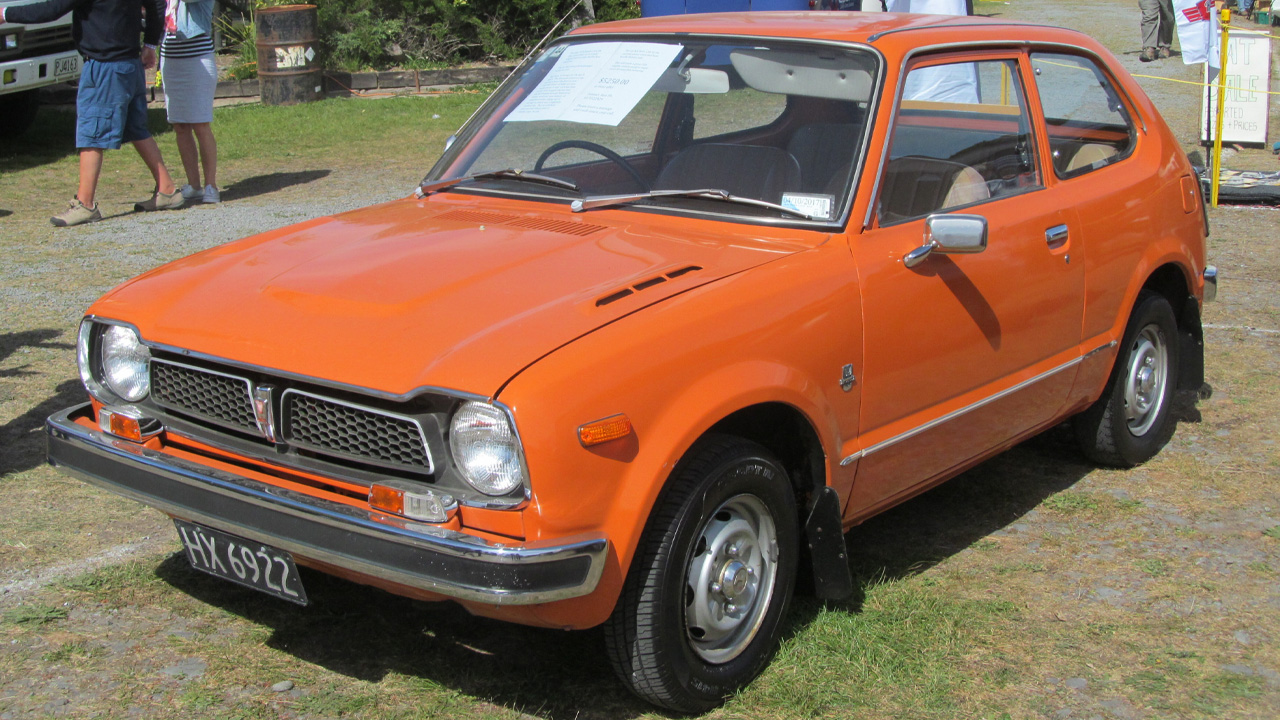
When North America was reeling from the Oil Crisis, and it seemed like all hope was lost, Japan swooped in with a Deus Ex Machina and gave Americans small, efficient, and super reliable cars, like the Honda Civic.
Today, the Honda Civic has become almost synonymous with the word “car,” alongside its chief rival, the Toyota Corolla. It showed Americans that cars don’t have to be huge and have a massive thirst for premium gas, and to say that the strategy worked would be a crushing understatement.
Toyota Corolla

Along with the Civic, the other Japanese saving grace from the Oil Crisis came in the form of the Toyota Corolla. The Corolla has been with us since the mid-1960s, and it has become the best-selling car in the world in that time.
Just a few years ago, Toyota crossed 50 million sold Corollas since 1966. Fifty million. The reason for that is simple: it’s all things to the majority of car buyers: small, practical, well-equipped, affordable, and reliable. Mind-blowingly, annoyingly, effortlessly, incredibly reliable.
Volkswagen Up!
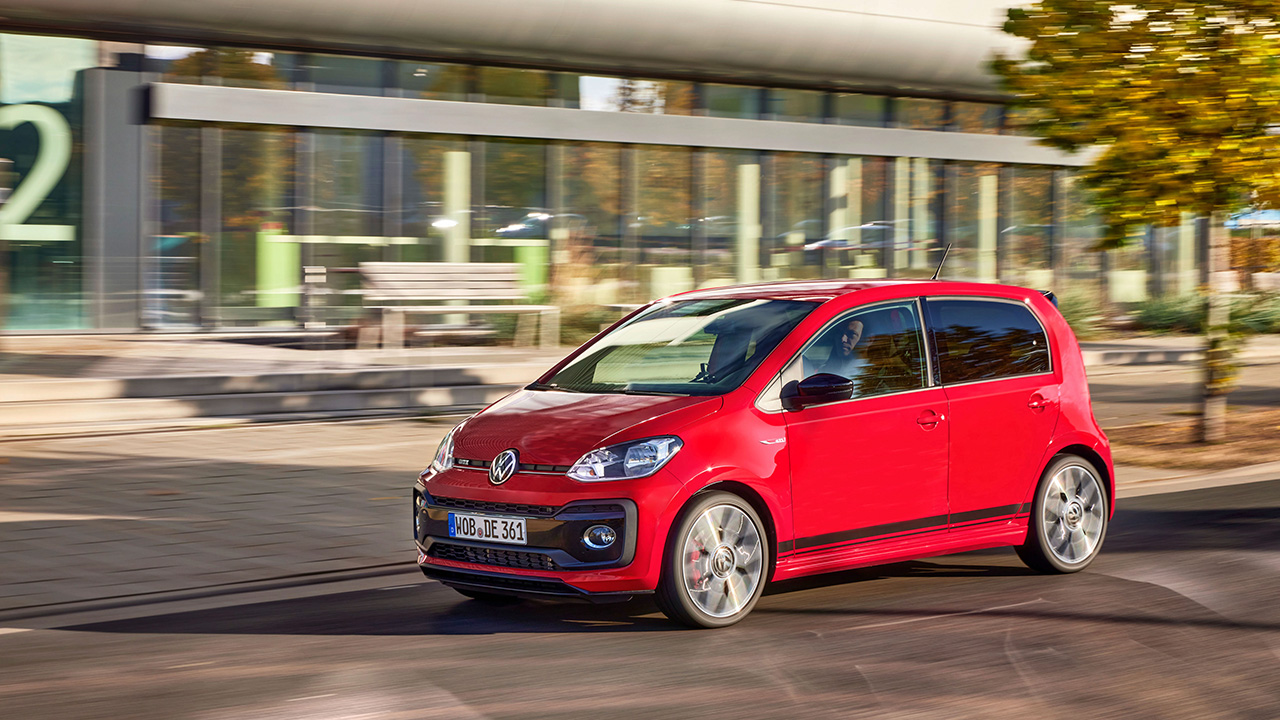
After fumbling its small car offer with the imported Fox in the 2000s, Volkswagen decided to get really serious about the A-segment in Europe in the 2010s. The fruit of their labor, the Up!, was proof that the plan went very well.
Borrowing a few pages from the Toyota Aygo’s book, the Up! became one of the most popular small cars in Europe and other markets, ending production as recently as November 2023. Due to its grown-up nature and its long list of excellent qualities, the Up!, along with its sister cars, gave the competition quite a bit to worry about.
Fiat 500 Abarth

Along with the revival of the Fiat 500 in 2007 with its dollops of charismatic retro styling, a revival of the spicy Abarth version was also in order. The Abarth 500 and its derivatives arrived a few years later. Though they may have been underdogs, there was a lot to love.
From the engine note to the giggle-inducing handling and how well the cosmetic trinkets meshed with the retro styling, the Abarth 500 was a brilliant little hot hatchback and one that showed that it’s possible to have fun without monstrous power or AWD. They’re also a bargain on the used market nowadays.
Renault Clio V6 Renault Sport
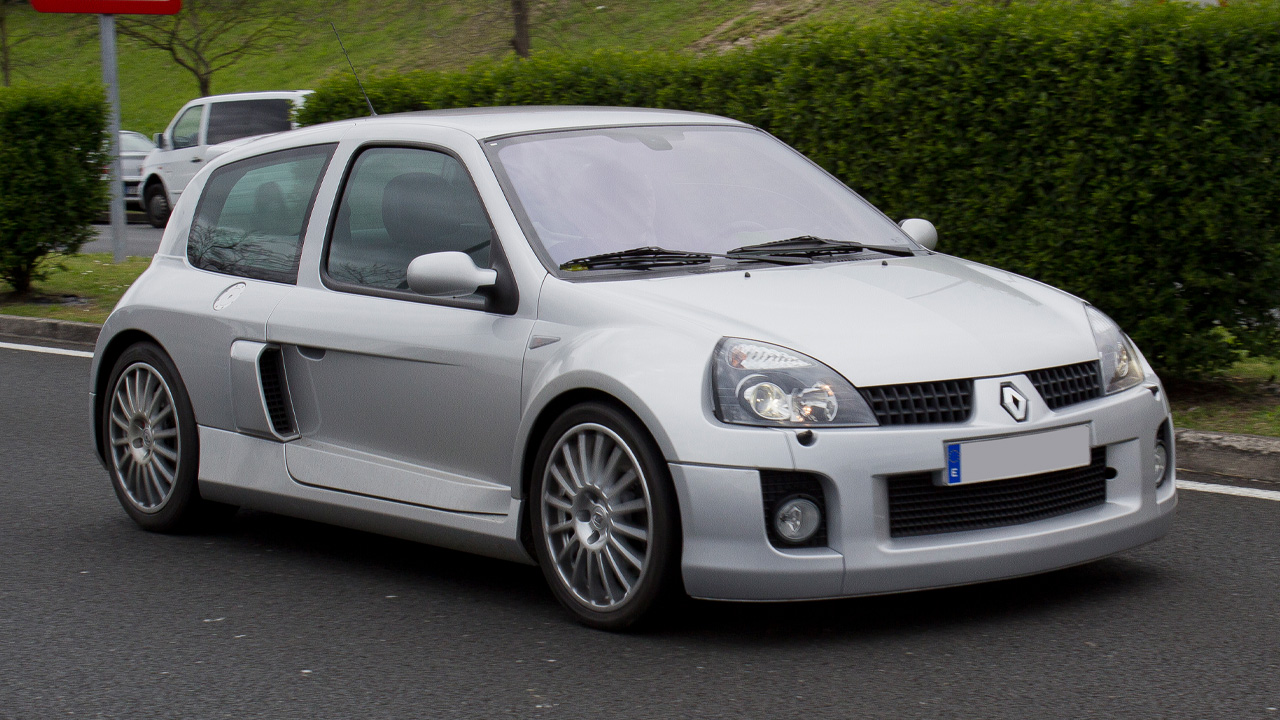
Finally, for some old-fashioned insanity. The Clio V6 Renault Sport was a passion project that didn’t really need to be built, but it was anyway. The rear seats you’d find on the standard Clio economy car were replaced… with a 2.9-liter V6, of course.
RWD replaced FWD, and the 227, and later 252 hp reached the wheels through a six-speed manual transmission. Even though the Clio V6 wasn’t quite as small as its regular counterpart, the fact that it shares some components and a name with that car, and that it was built at all, beggars belief. We are so glad it was.
